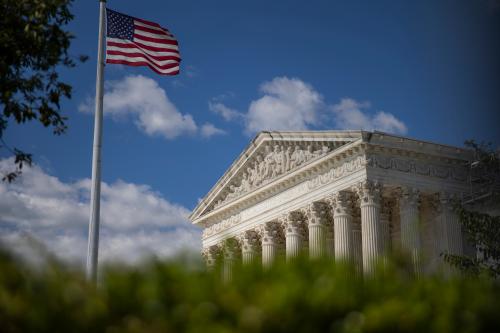As you drive through the streets of Tripoli, Muammar el-Qaddafi, Libya’s Brotherly Leader and Guide to the Revolution, beams down upon you. From huge billboards to kitschy key chains, the Leader, as Libyans call him, is everywhere. Indeed, for Libyans it is impossible to imagine life without him: Qaddafi took power over forty years ago and is now the world’s longest-serving nonroyal ruler. In his prime, he championed a host of revolutionary causes and implemented what he declared to be an Islamic form of socialism mixed with Arab nationalism. Qaddafi even christened the term jamahiriya—“state of the masses”—to describe the Libyan system. Yet despite this mix of égalité and fraternité, Libya looks set to become, in practice, a hereditary monarchy with Qaddafi’s son, Saif al-Islam, as the dauphin.
Although Libya is always a bit, shall we say, singular in its politics, in this monarchical shift it is not alone: the transformation of so-called republican regimes into monarchies is a depressing trend in the Arab world today. They call this jumlukiya, a mix of the words for republic (jumhuriya) and monarchy (malikiya).
Indeed, most of the Arab world remains a stranger to the democratic transfer of power. Ironically, back in the 1950s, military leaders began to overthrow monarchs—first in Egypt (which served as a model for others), then in Yemen and Libya. The revolutionaries rejected the royals as hidebound and aloof from the wishes of the people; yet inevitably the system produced a set of leaders who emphasized stability over revolutionary dynamism.



Commentary
Op-edLatter-Day Sultans
June 22, 2010